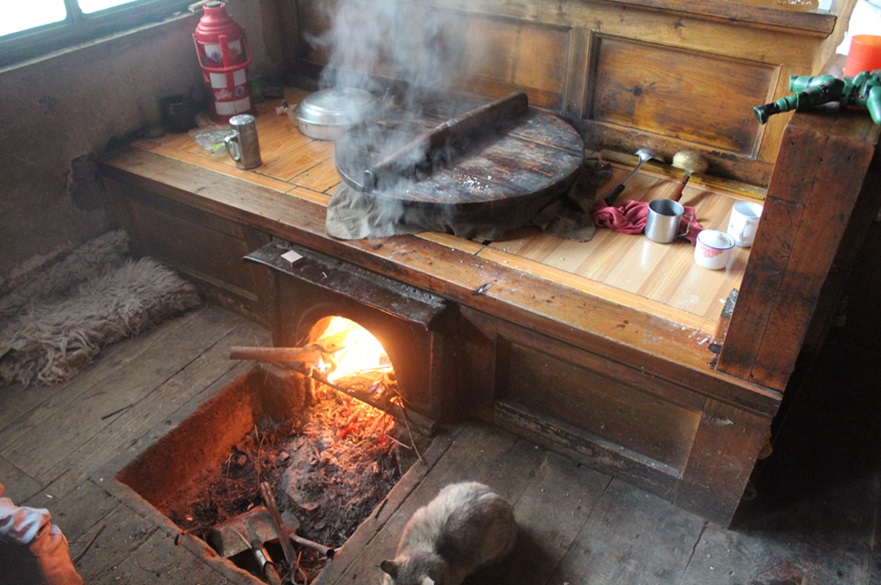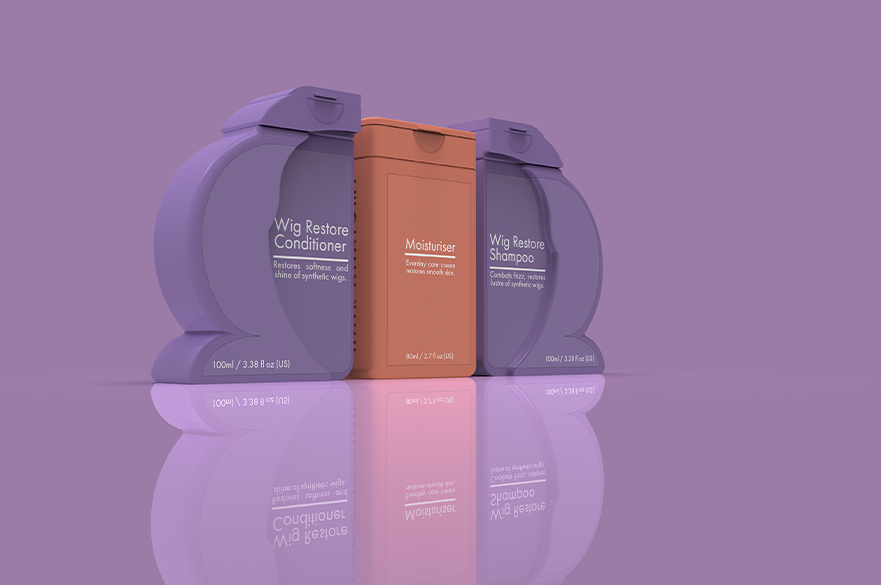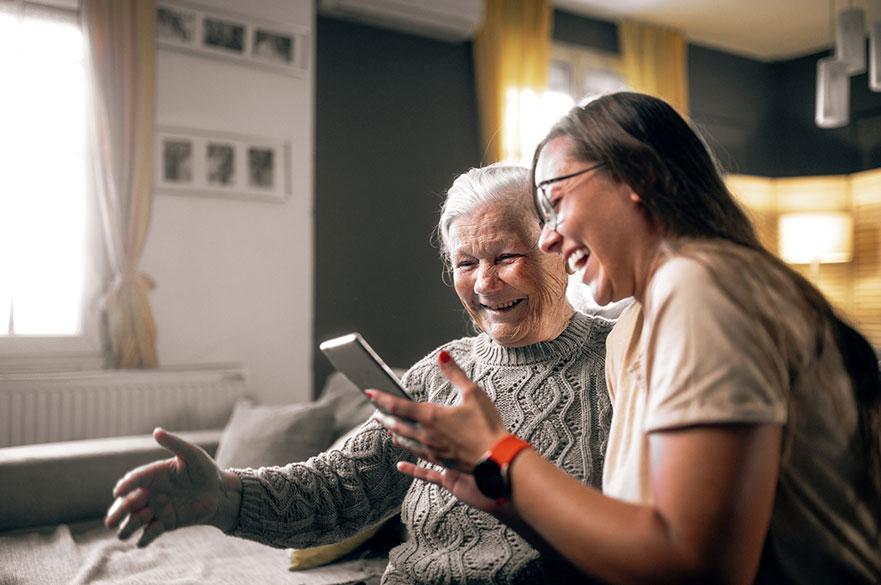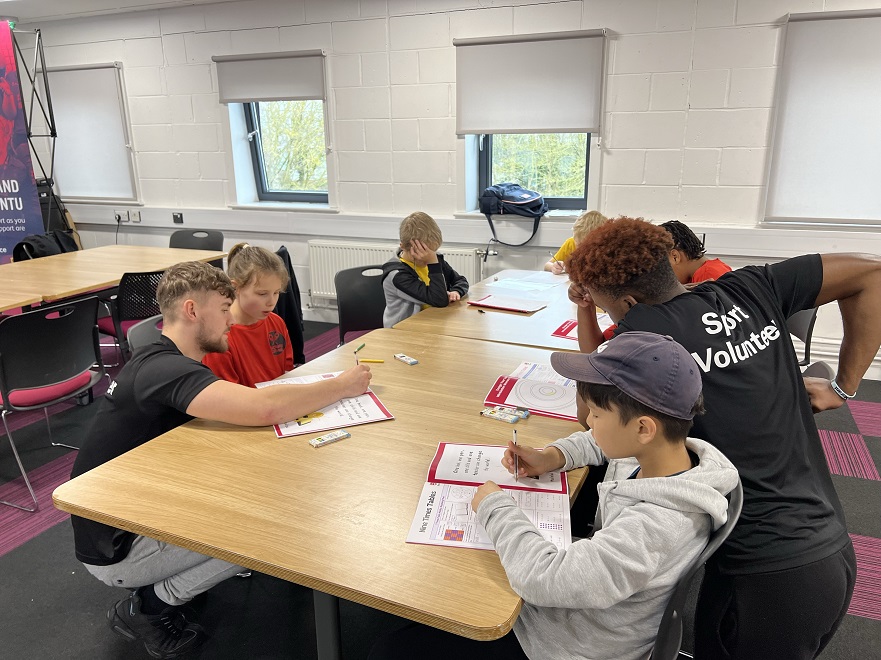Expert Blog: What historic China can teach us about heating homes
By Dr Yangang Xing, an expert in architectural science and sustainability

Expert Blog: What historic China can teach us about heating homes
Cold snaps and what we can learn for heating homes in the UK
A deadly cold snap that gripped East Asia 12 months ago saw China’s northernmost city “Mohe” experience a temperature drop to minus 53 degrees Celsius (minus 63.4 degrees Fahrenheit) – its coldest ever recorded.
Other parts of Asia also felt the impacts of harsh cold weather and heavy snow brought travel chaos in Japan. There’s certainly a naturally occurring variability in the weather, but with climate experts warning that such extreme weather events had become the “new norm”.
Climate change may bring extreme weather conditions, such extremely cold winters and extremely hot summers across the globes. As climate change accelerates, we certainly can expect that weather extremes are going to be worse than they were before. In the regions that have mild winters, for example the UK, would face more severe cold weather in the future, which bring me to think how we can deal with extremely cold conditions and are there any lessons we can learn from other colder regions?
I grew up in the northeast part of China – the city of Harbin, which has a nick name “ice city”. It’s named this not only because it has a world famous ice and snow sculptural festival, but also because of its extremely cold winters with a population of over 10 million people, according to 2010 census.
Keeping warm in such extremely cold temperatures is something I've thought about all my life. One unique thing I can remember most is heated bed stoves called “Kang” 炕 and how comfortable they are during the winters.
Kang is constructed using unfired compressed rammed earth bricks. I can remember my father as the expert who always led the project to build a few heated brick beds. As I can remember, the heated bed in my home usually worked well.
Considering my dad is a secondary school teacher in Chinese language, his skills were impressive. However, the most important aspect to keep the heated brick bed working is to keep the fire alive through the nights, which would be my mum’s job.
She would carefully construct a few layers of different types of coals around the fire in the stock, before she went to bed, so the fire will be alive over the night.
It did, of course, have carbon monoxide risks. Just think about it now, probably my mum had more important role to play in keeping us warm and alive during the harsh winters.
In order to Kang system, the spatial strategy in the building is very important. The kitchen area, where the stove is usually located, is in the centre of a bungalow to supply hot air to the heated beds next to it.
The kitchen is very well ventilated and the chimney must be well maintained. The well-ventilated kitchen is an extra layer of protection. As with all good engineering projects, Kang is considered as a low tech solution.
There are other types of traditional heating methods in East Asia for cold winters. Ondol (온돌;溫突), for instance, is an underfloor heating system that has kept traditional houses in Korea warm for thousands of years.
Kotatsu is a traditional Japanese dining table that has shorter legs, a blanket, and a heater underneath to keep your legs warm when it's cold in Japan. They can be a bit costly depending on the kind of kotatsu you want, but it's one of the most popular items that homes have in Japan. Heavy padded clothes are also very important to keep us warm, My loveliest memory is that each year I would have a brand-new heavy pad coat filled with newly fluffed cotton my mum made for us. Personal heating such as this could be a very important technology we will need to develop for the future.
In Europe, similar vernacular heating approaches existed, for example, hypocausts were used for heating baths and buildings in Ancient Rome. They produce and circulate hot air below the floor of a room and may also warm the walls with a series of pipes through which the hot air passes. From historical paintings, tapestries were used to keep the draught out, while soft cushions were also very important to keep warm, which can be seen in many historical paintings.
Cold weather can have serious consequences for health, with older people and those with heart or lung conditions particularly at risk. In 2020, about 36 million Europeans were unable to keep their homes adequately warm.
Energy poverty is a multi-dimensional phenomenon, considered to be caused by a combination of low income, high energy expenses, and poor energy efficiency in buildings.
As fossil fuel is a finite resource, we will have to transform the way we keep warm going forwards. Heat pump technology is one most popular low carbon solutions, but still could be resource intensive in terms of manufacturing kits and renewable energy generation.
We shouldn’t forget the importance of vernacular approaches. More holistic approaches, with full social economic impacts, need to be considered, such as reducing demand, and reducing heating area, and using more vernacular technologies. The discipline of Vernacular technologies and intelligence requires future research.
Dr Yangang Xing is an expert in architectural science and sustainability in the School of Architecture, Design and the Built Environment. He has recently completed a research project funded by Historical England investigating Vernacular Intelligence Natural materials for traditional buildings and preliminary survey results can be found on YouTube. Dr Yangang Xing is also currently chairing CIBSE Intelligent Building Group and a member of the CIBSE Heritage Retrofit Sub-Committee.
- Category: Press office; Research; School of Architecture, Design and the Built Environment


